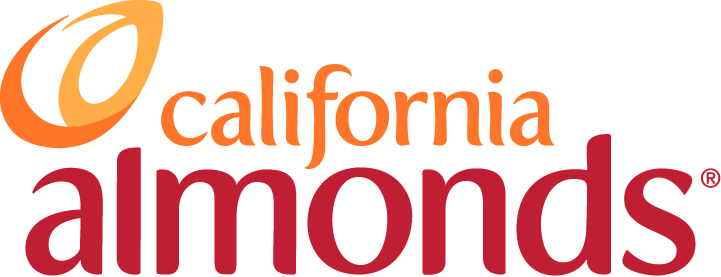Course Description
The session begins with the speaker expressing gratitude and excitement for the webinar, which will focus on groundwater recharge materials developed by the Almond Board for growers. The speaker, discusses recharge methods, while growers share their field experiences with traditional flood irrigation and subsurface recharge, respectively. The speaker explains groundwater recharge as the intentional application of excess water to build up subsurface aquifers and highlights its benefits for compliance with the Sustainable Groundwater Management Act (SGMA), cost reduction, and water quality improvement. Key factors for successful recharge include soil type, water availability, crop suitability, and collaboration with local groundwater sustainability agencies. Tools like the Soil Agricultural Groundwater Banking Index (SAGBI) and Almonds.com maps assist growers in assessing recharge potential. The presentation emphasizes the importance of strategic planning, disease management, and the various options for on-farm recharge, such as flooding, basins, and subsurface methods. The role of water banking, trading, and incentives in promoting groundwater recharge is also discussed, with examples from irrigation districts and financial incentives for growers. The presentation concludes by encouraging growers to evaluate their fields, communicate with water providers, and participate in recharge programs to ensure groundwater sustainability.
Course Objectives:
After completing this course, learners will be able to:
- Understand the concept and importance of groundwater recharge in almond orchards, including its benefits for compliance with the Sustainable Groundwater Management Act (SGMA), cost reduction, and water quality improvement.
- Explore different recharge methods, such as traditional flood irrigation, basins, and subsurface recharge, and learn about growers’ field experiences with each approach.
- Identify key factors for successful groundwater recharge, including soil type, water availability, crop suitability, and collaboration with local groundwater sustainability agencies.
- Learn to use tools like the Soil Agricultural Groundwater Banking Index (SAGBI) and Almonds.com maps to assess the recharge potential of specific fields.
- Recognize the importance of strategic planning and disease management when implementing recharge practices in almond orchards.
- Discover the role of water banking, trading, and financial incentives in promoting groundwater recharge, with examples from irrigation districts and available incentives for growers.
- Evaluate options for on-farm recharge and understand how to effectively communicate with water providers to participate in recharge programs and ensure groundwater sustainability.

